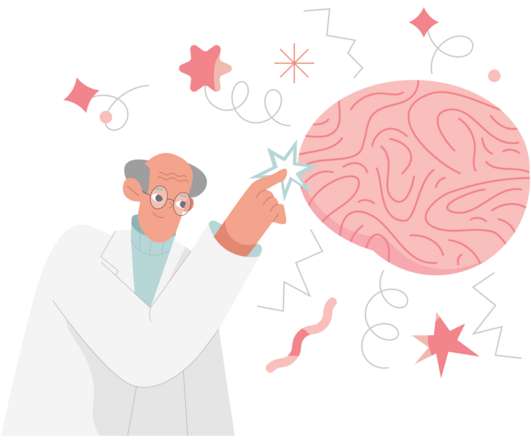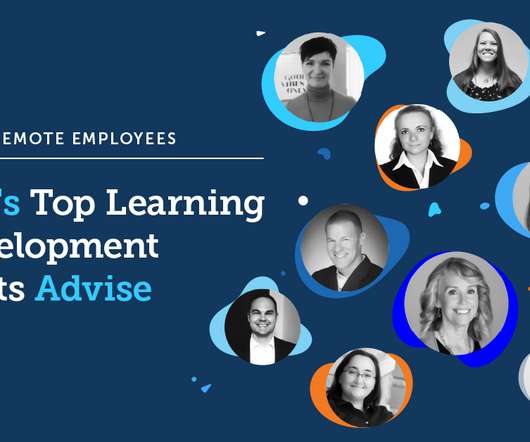LHRCon 2024 Recap
Experiencing eLearning
APRIL 30, 2024
and transform it to one of the AI voices. Influence and Inspire: A New Approach to Behavioral Dynamics Tali Sharot This was the second keynote of Day 1 of the conference. She spoke about cognitive biases and ways to counteract them or use them to your advantage. I could use that for characters in scenarios sometimes.

























Let's personalize your content